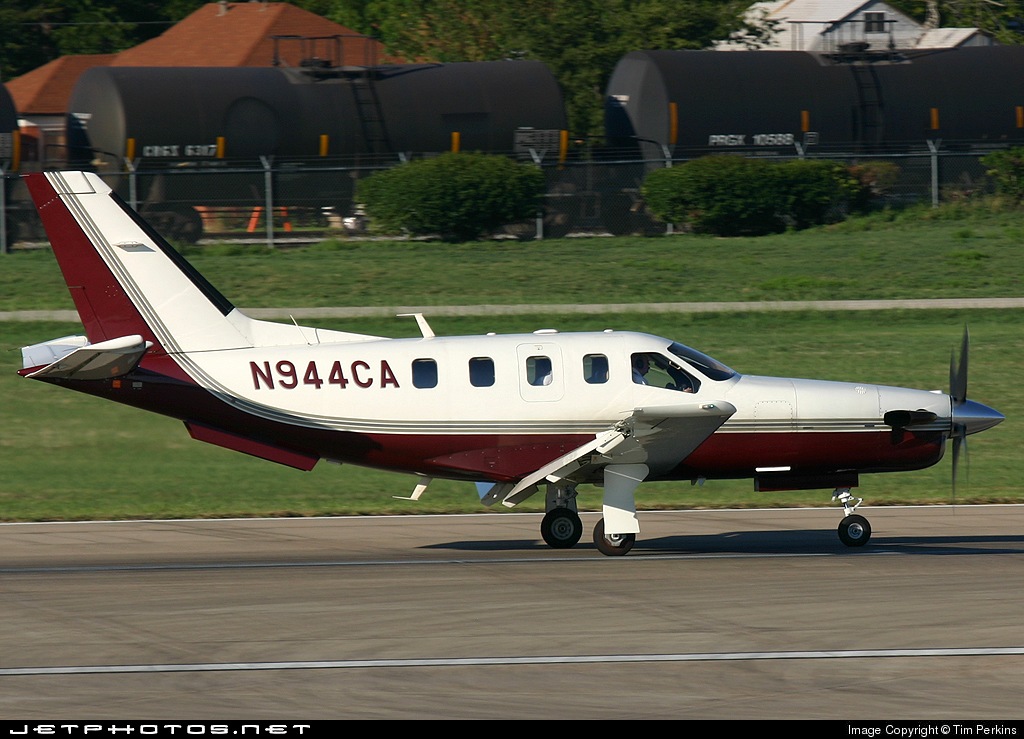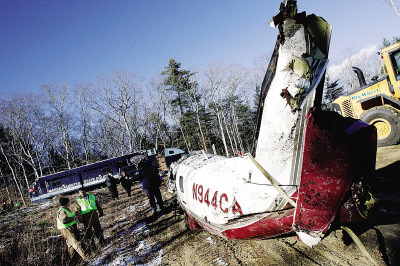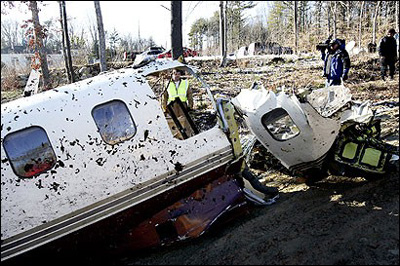Country
Crash of a Socata TBM-700 in Gaithersburg
Date & Time:
Mar 1, 2010 at 1715 LT
Registration:
N700ZR
Survivors:
Yes
Schedule:
Chapel Hill - Gaithersburg
MSN:
87
YOM:
1993
Crew on board:
1
Crew fatalities:
Pax on board:
0
Pax fatalities:
Other fatalities:
Total fatalities:
0
Captain / Total hours on type:
1240.00
Circumstances:
The pilot of the single-engine turboprop was on an instrument flight rules (IFR) flight and cancelled his IFR flight plan after being cleared for a visual approach to the destination airport. He flew a left traffic pattern for runway 32, a 4,202-foot-long, 75-foot-wide, asphalt runway. The pilot reported that the airplane crossed the runway threshold at 81 knots and touched down normally, with the stall warning horn sounding. The airplane subsequently drifted left and the pilot attempted to correct with right rudder input; however, the airplane continued to drift to the left side of the runway. The pilot then initiated a go-around and cognizant of risk of torque roll at low speeds did not apply full power. The airplane climbed to about 10 feet above the ground. At that time, the airplane was in a 20-degree left bank and the pilot applied full right aileron input to correct. The airplane then descended in a left turn, the pilot retarded the throttle, and braced for impact. A Federal Aviation Administration inspector reported that the airplane traveled about 100 feet off the left side of the runway, nosed down in mud, and came to rest in trees. Examination of the wreckage by the inspector did not reveal any preimpact mechanical malfunctions, nor did the pilot report any. The reported wind, about the time of the accident, was from 310 degrees at 10 knots, gusting to 15 knots.
Probable cause:
The pilot’s failure to maintain aircraft control while performing a go-around.
Final Report:
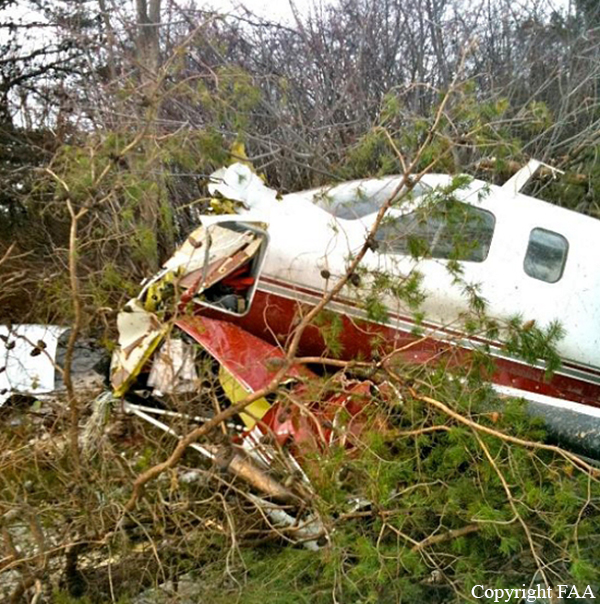
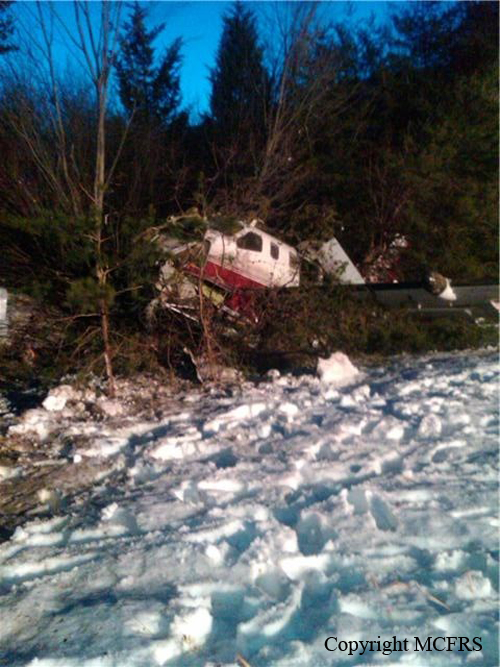
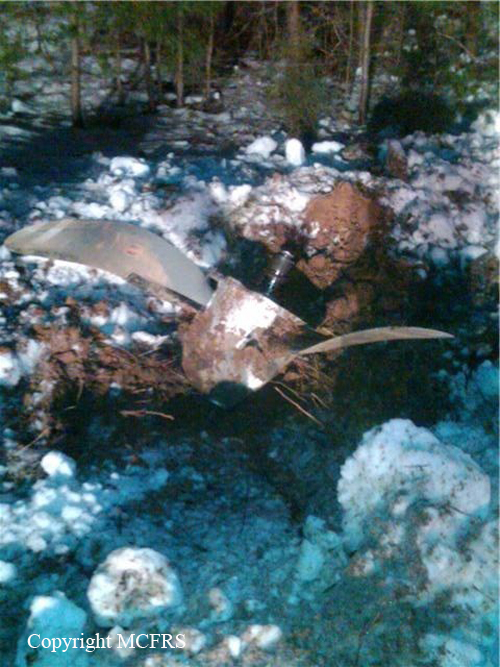
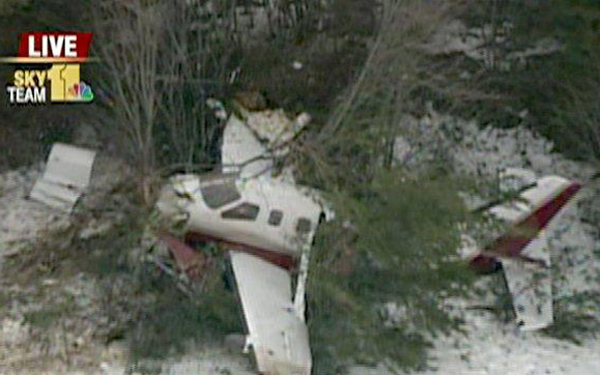
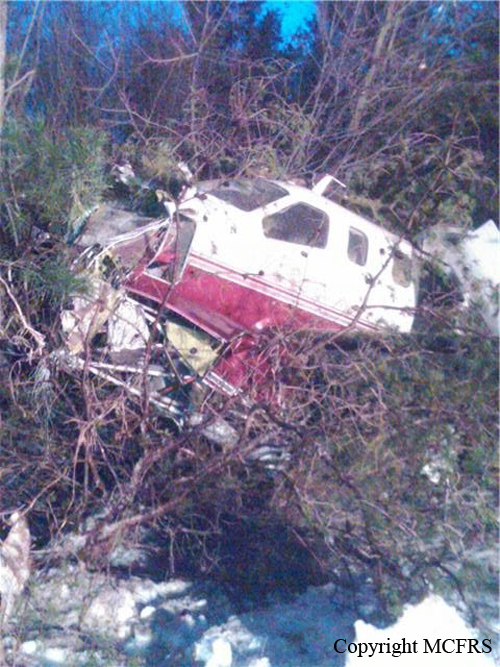
Crash of a Socata TBM700 in Kennesaw: 1 killed
Date & Time:
Jul 15, 2008 at 1457 LT
Registration:
N484RJ
Survivors:
No
Schedule:
Albany - Kennesaw
MSN:
333
YOM:
2005
Crew on board:
1
Crew fatalities:
Pax on board:
0
Pax fatalities:
Other fatalities:
Total fatalities:
1
Captain / Total hours on type:
44.00
Aircraft flight hours:
398
Circumstances:
During approach to runway 9, the tower controller instructed the pilot to perform an “S” turn 3 miles from the runway. The pilot initiated the “S” turn to the left, and after turning back to the right towards the runway to complete the other half of the turn, the controller advised the pilot that he did not need to finish the maneuver, and could turn onto final approach. The last recorded ground speed was 89 knots when the pilot banked the airplane sharply to the left at this time, witnesses stated that the airplane seemed to do a wing over onto its back and go straight down. Flight simulation tests revealed that while making a steep turn and not adding power, as the bank angle increased the airspeed would decrease and the airplane would enter an aerodynamic stall. Toxicology testing indicated that the pilot had been using tramadol, a prescription painkiller with potentially impairing effects. The pilot had not reported its use on his most recent application for airman medical certificate approximately 20 months prior to the accident. It is unclear what role, if any, the medication or the condition for which it might have been used played in the accident.
Probable cause:
The pilot’s failure to maintain airspeed during final approach resulting in an aerodynamic stall.
Final Report:
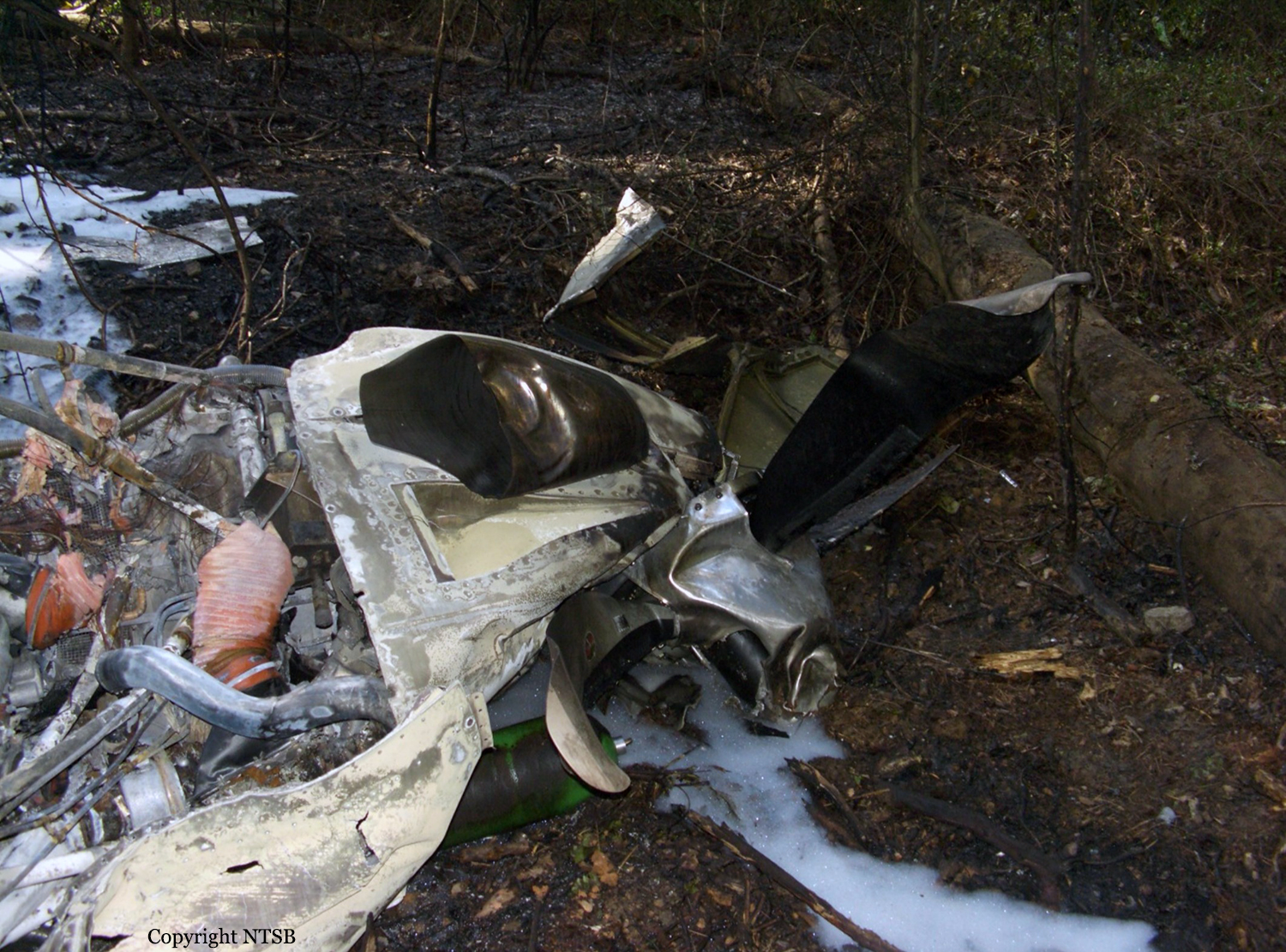
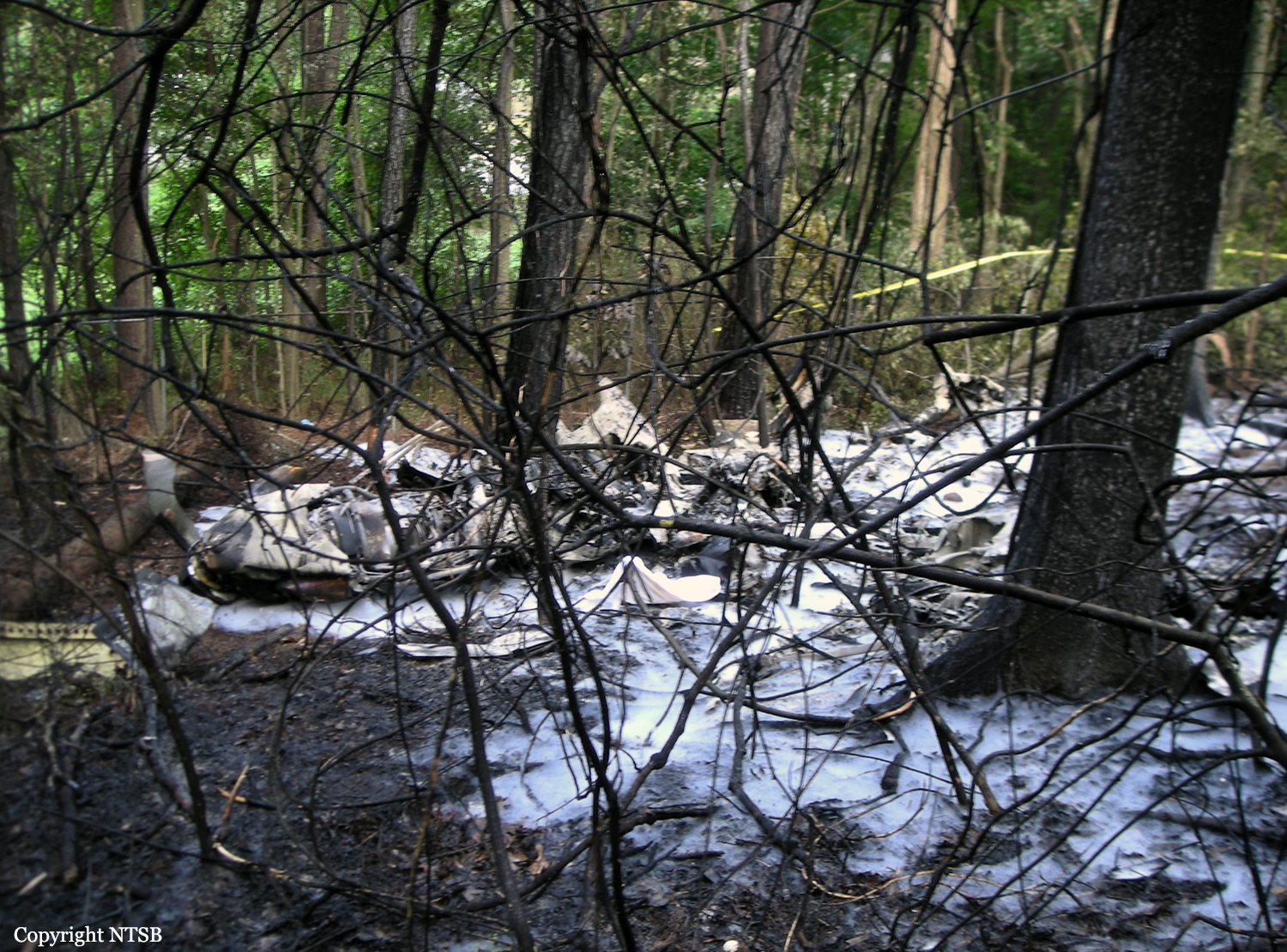
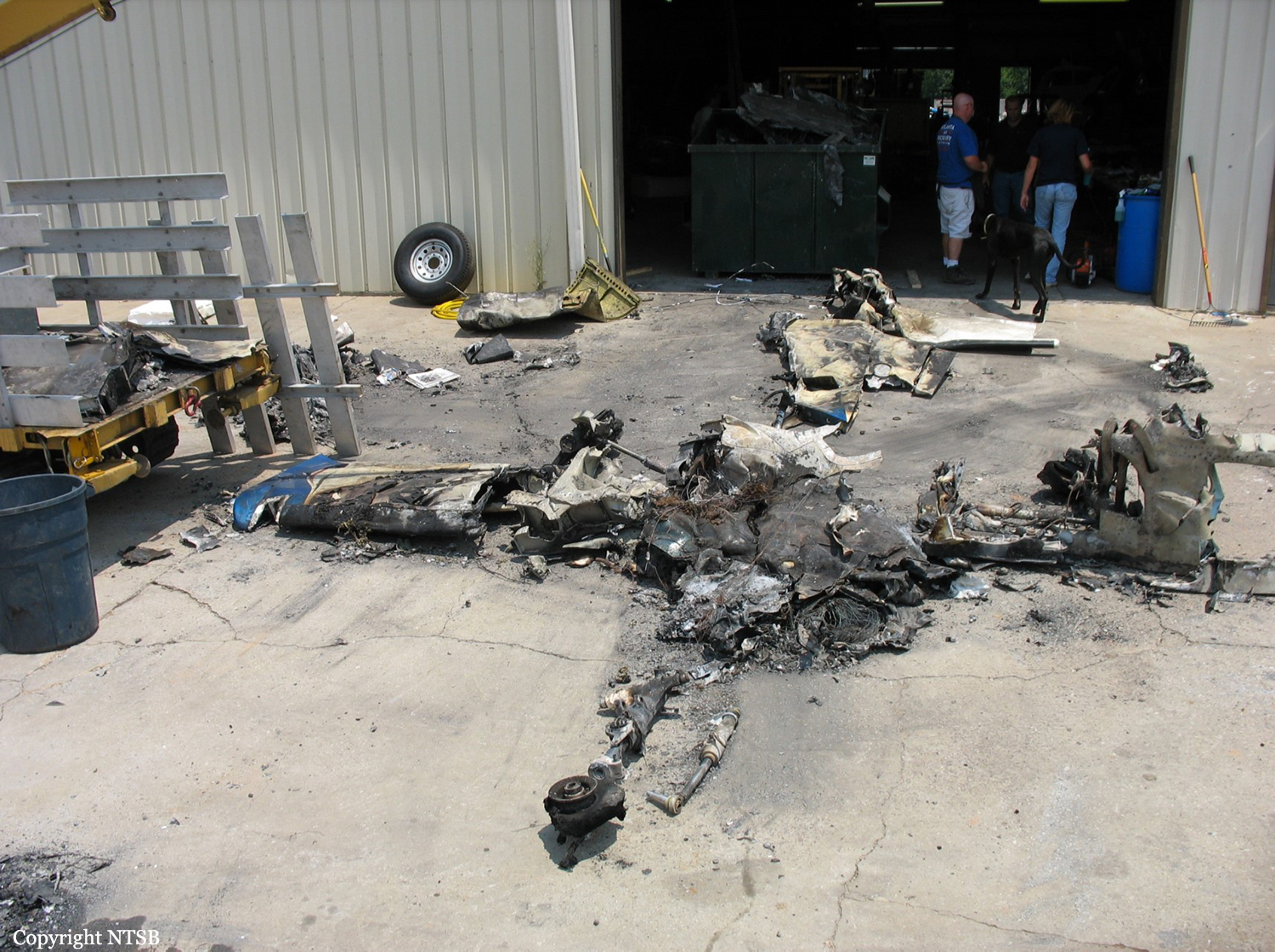
Crash of a Socata TBM-700 in New Bedford: 3 killed
Date & Time:
Feb 2, 2007 at 1940 LT
Registration:
N944CA
Survivors:
No
Schedule:
Boston - New Bedford
MSN:
206
YOM:
2001
Crew on board:
2
Crew fatalities:
Pax on board:
1
Pax fatalities:
Other fatalities:
Total fatalities:
3
Captain / Total hours on type:
65.00
Copilot / Total hours on type:
80
Aircraft flight hours:
479
Circumstances:
During the flight, the private pilot/operator was most likely seated in the left seat. He obtained his instrument rating about 7 months prior to the accident, and had accumulated approximately 300 hours of flight experience; of which, about 80 hours were in the accident airplane. The commercial pilot/company pilot was most likely seated in the right seat. He had accumulated approximately 1,000 hours of flight experience; of which, about 125 hours were actual instrument experience, and 80 hours were in the accident airplane. The commercial pilot had filed a flight plan to the wrong airport, received a weather briefing for the wrong airport, and therefore was not aware of the NOTAM in effect for an out of service approach lighting system at the destination airport. When the commercial pilot realized his error, he changed the flight plan, but did not request another weather briefing. According to radar information, the airplane flew the instrument landing system runway 5 approach fast, performed a steep missed approach to 1,000 feet, and then disappeared from radar, consistent with a loss of control during the missed approach. No preimpact mechanical malfunctions were identified with the airplane during the investigation. The reported weather at the accident airport included an overcast ceiling at 200 feet, visibility 1 mile in light rain and mist, and wind from 160 degrees at 4 knots. The investigation could not determine which pilot was flying the airplane at the time of the accident.
Probable cause:
Both pilots' failure to maintain aircraft control during a missed approach.
Final Report:
